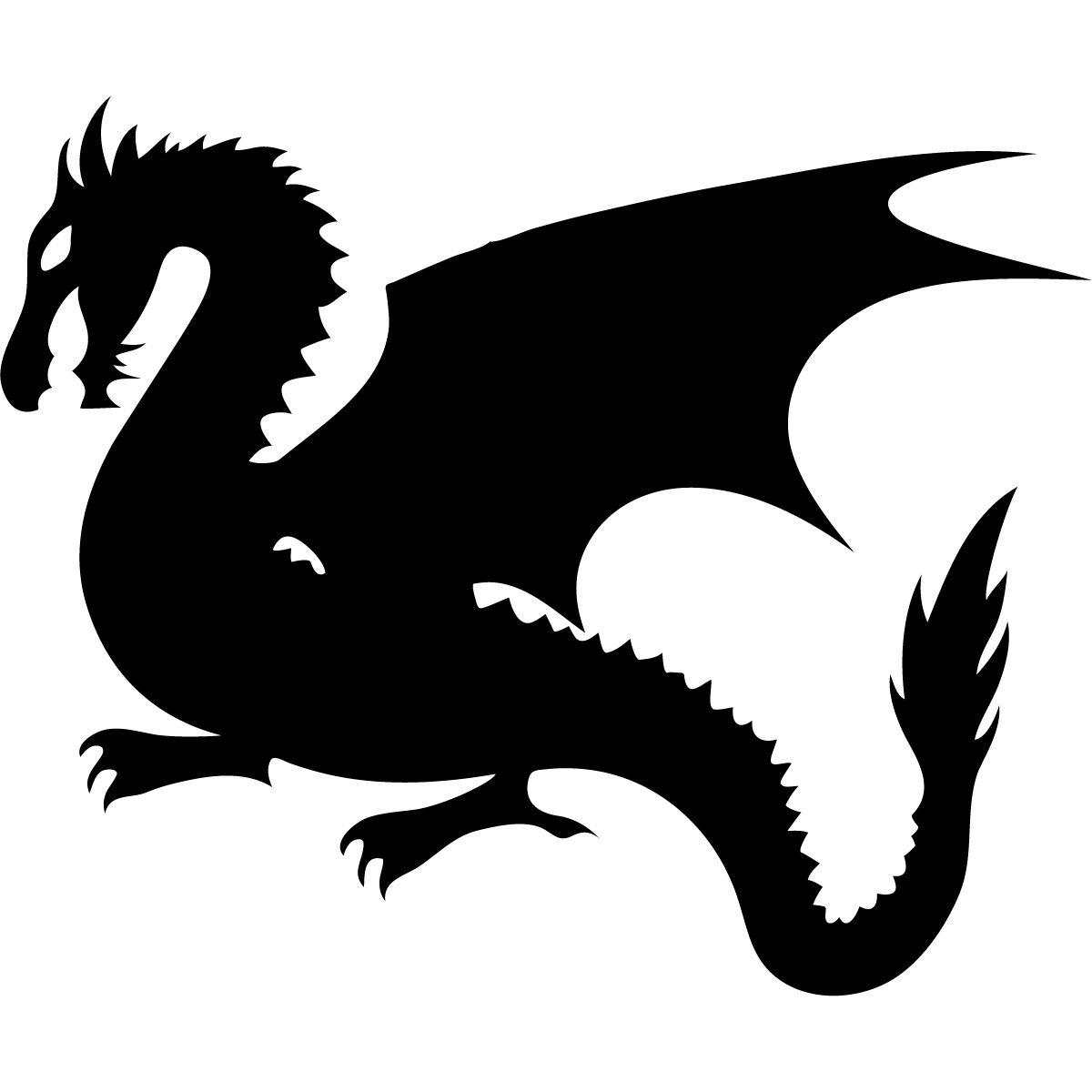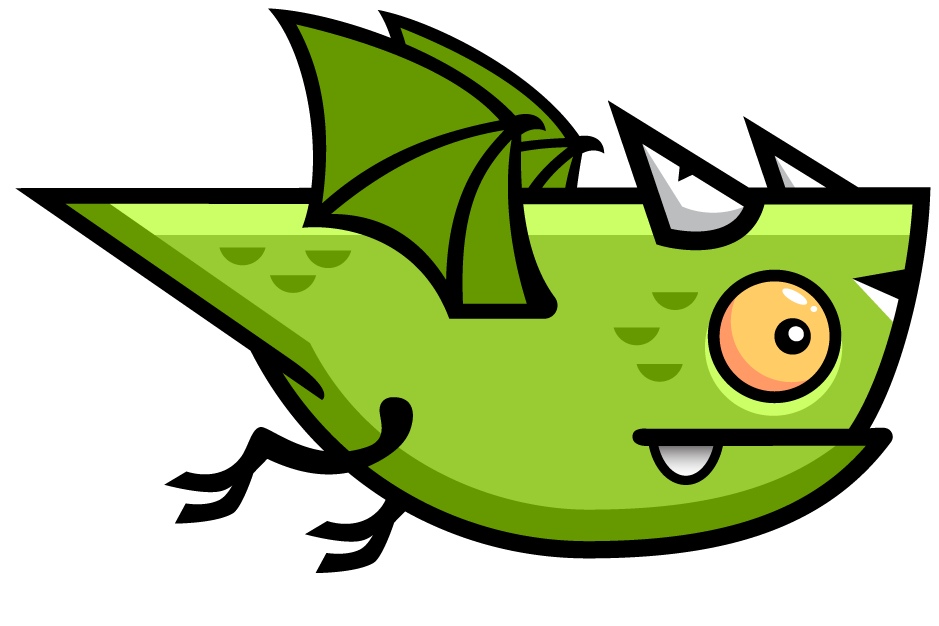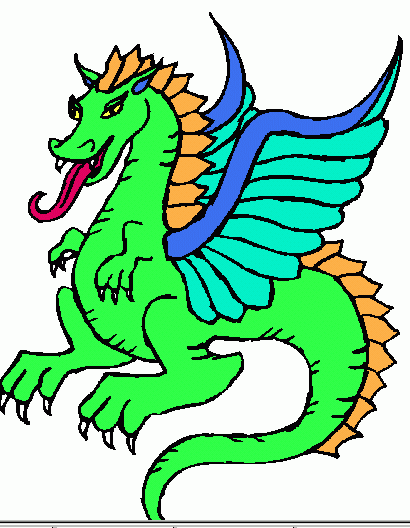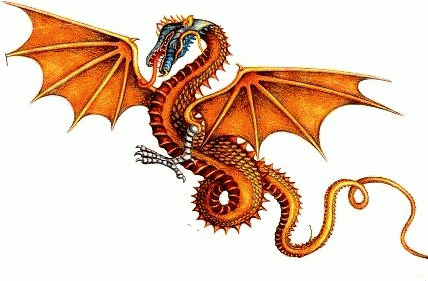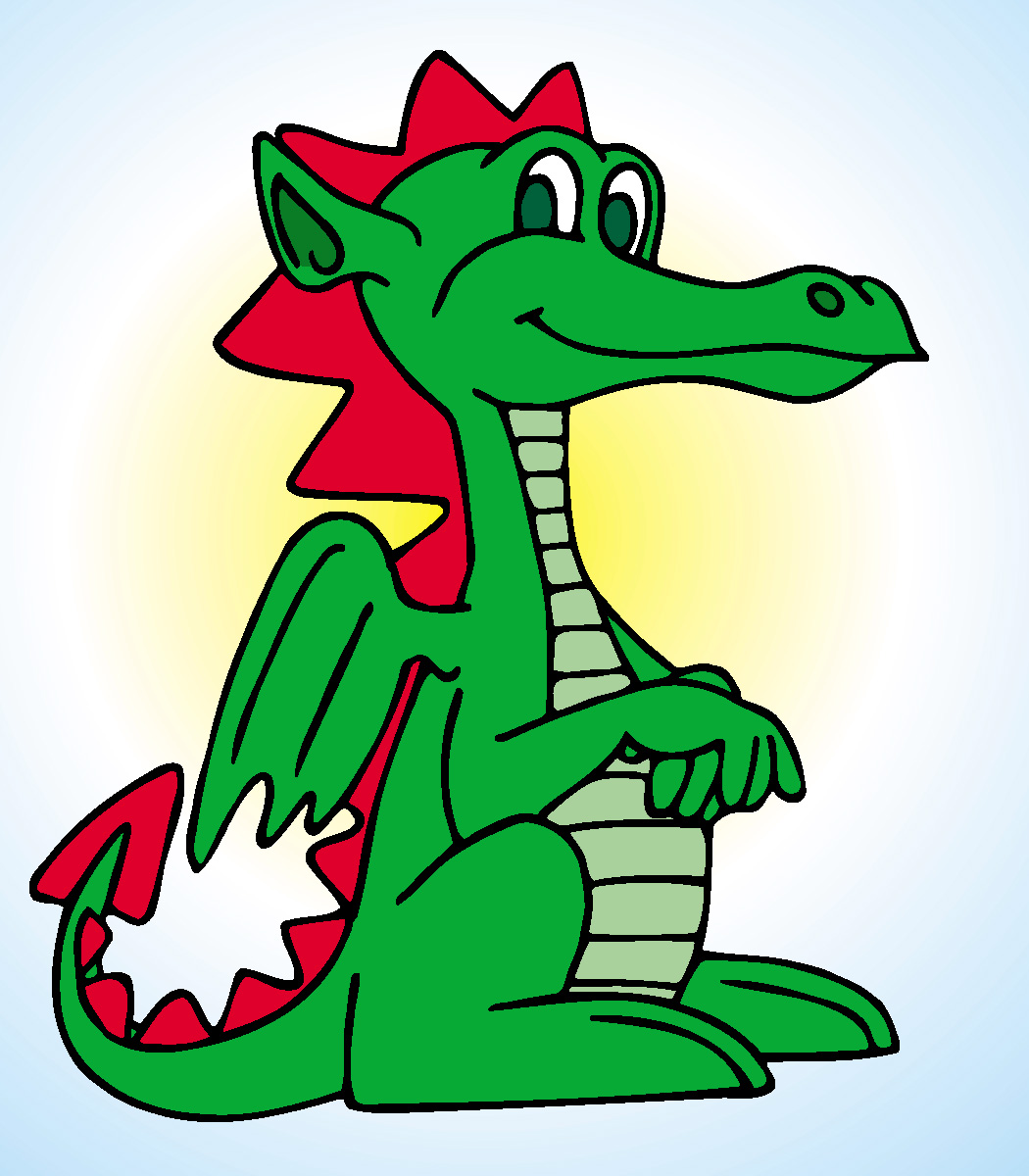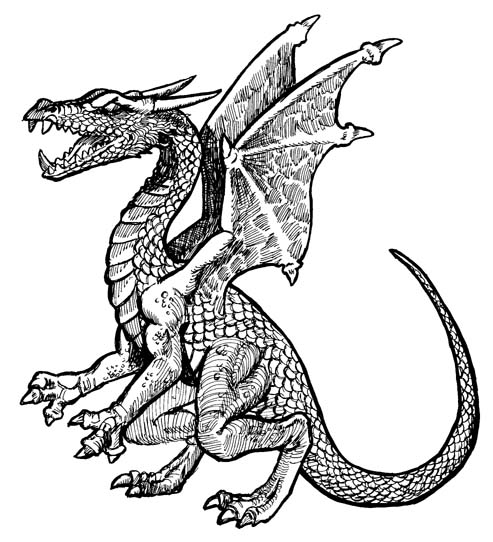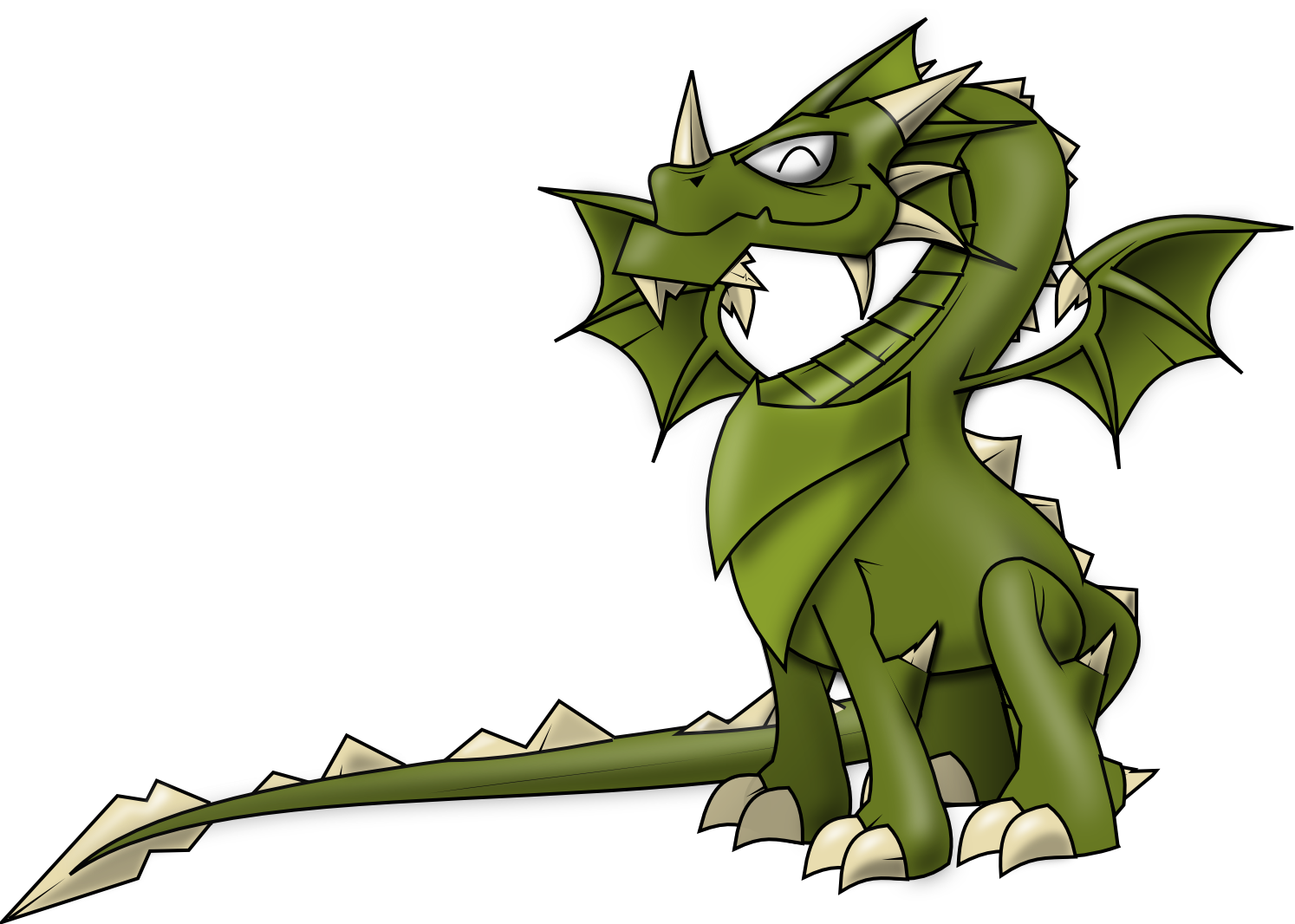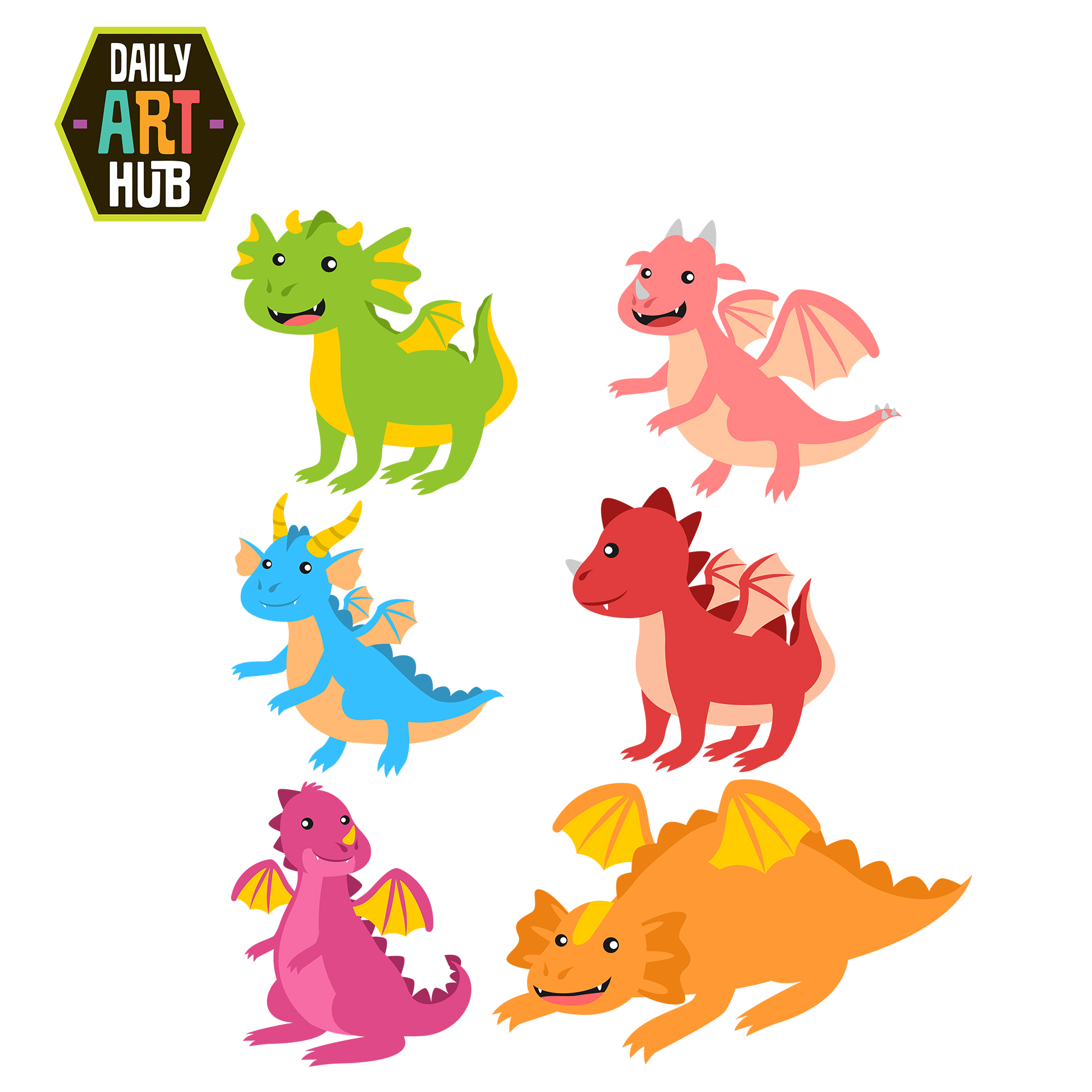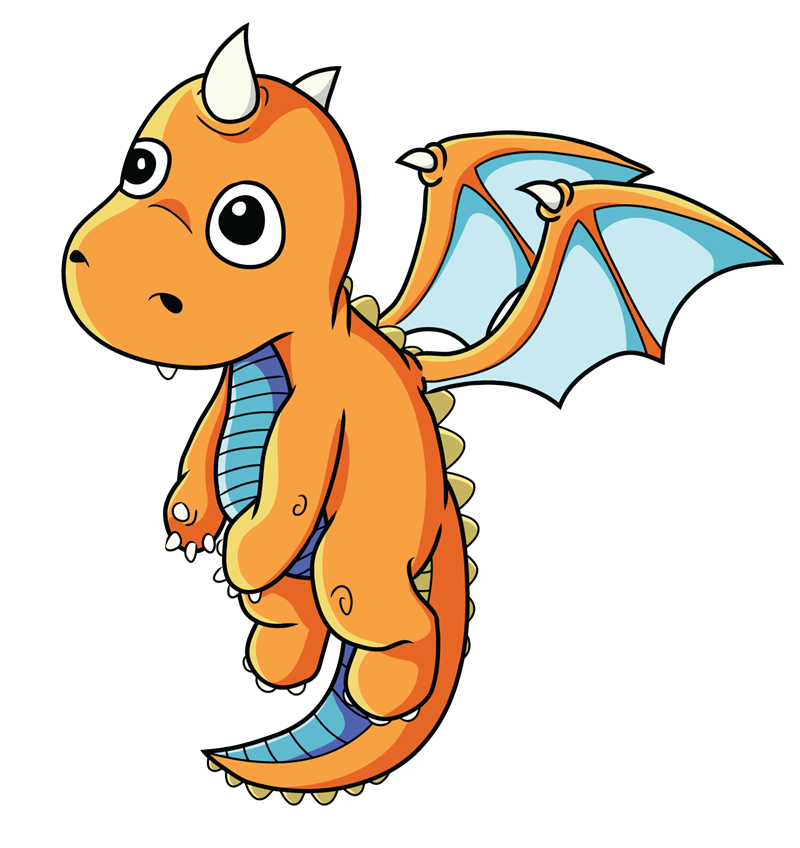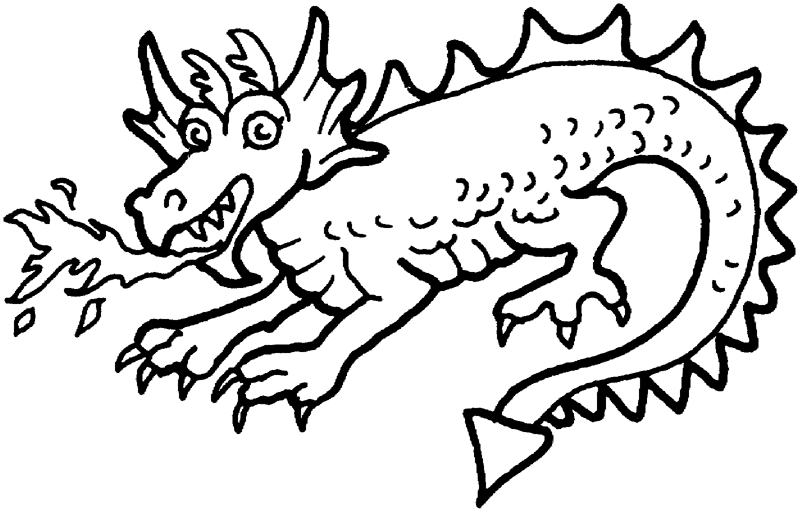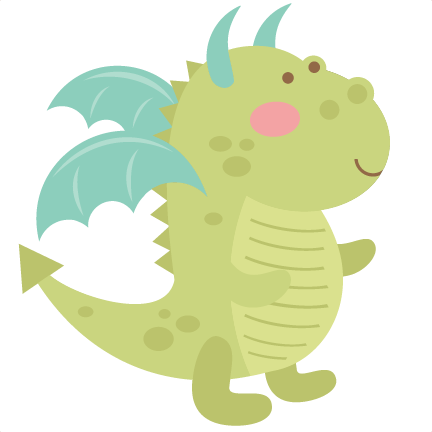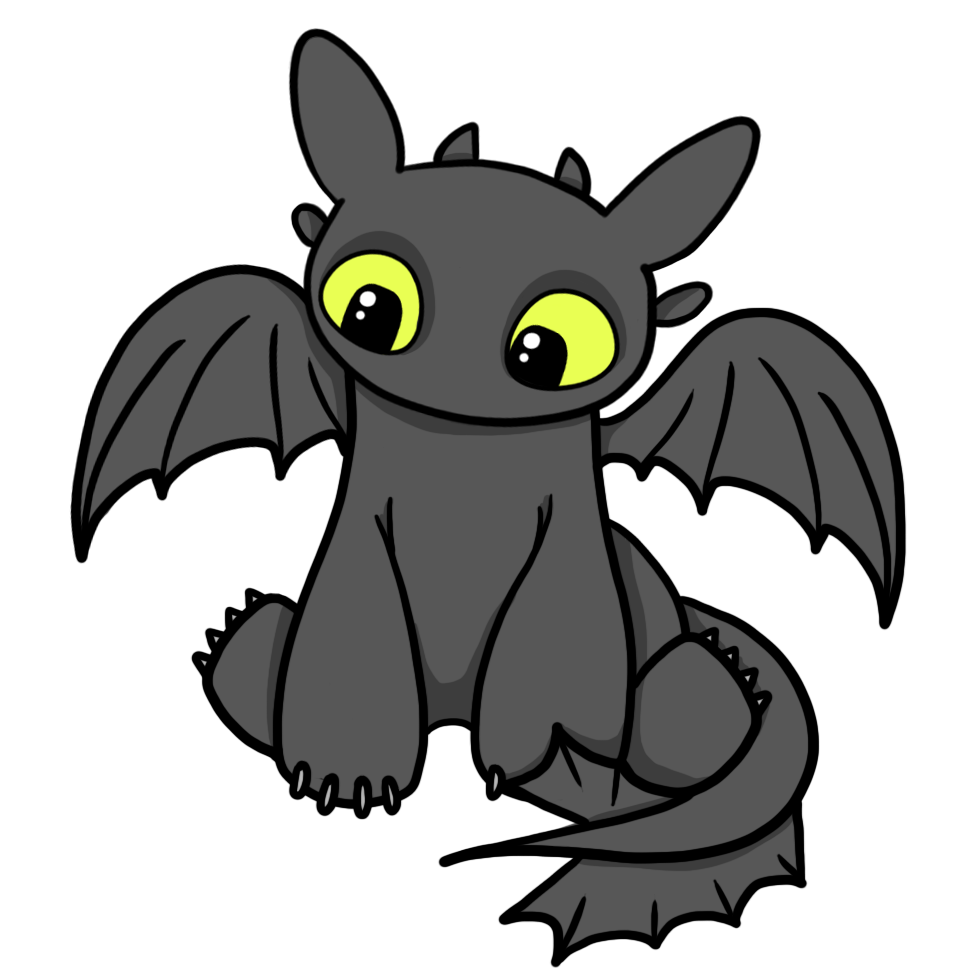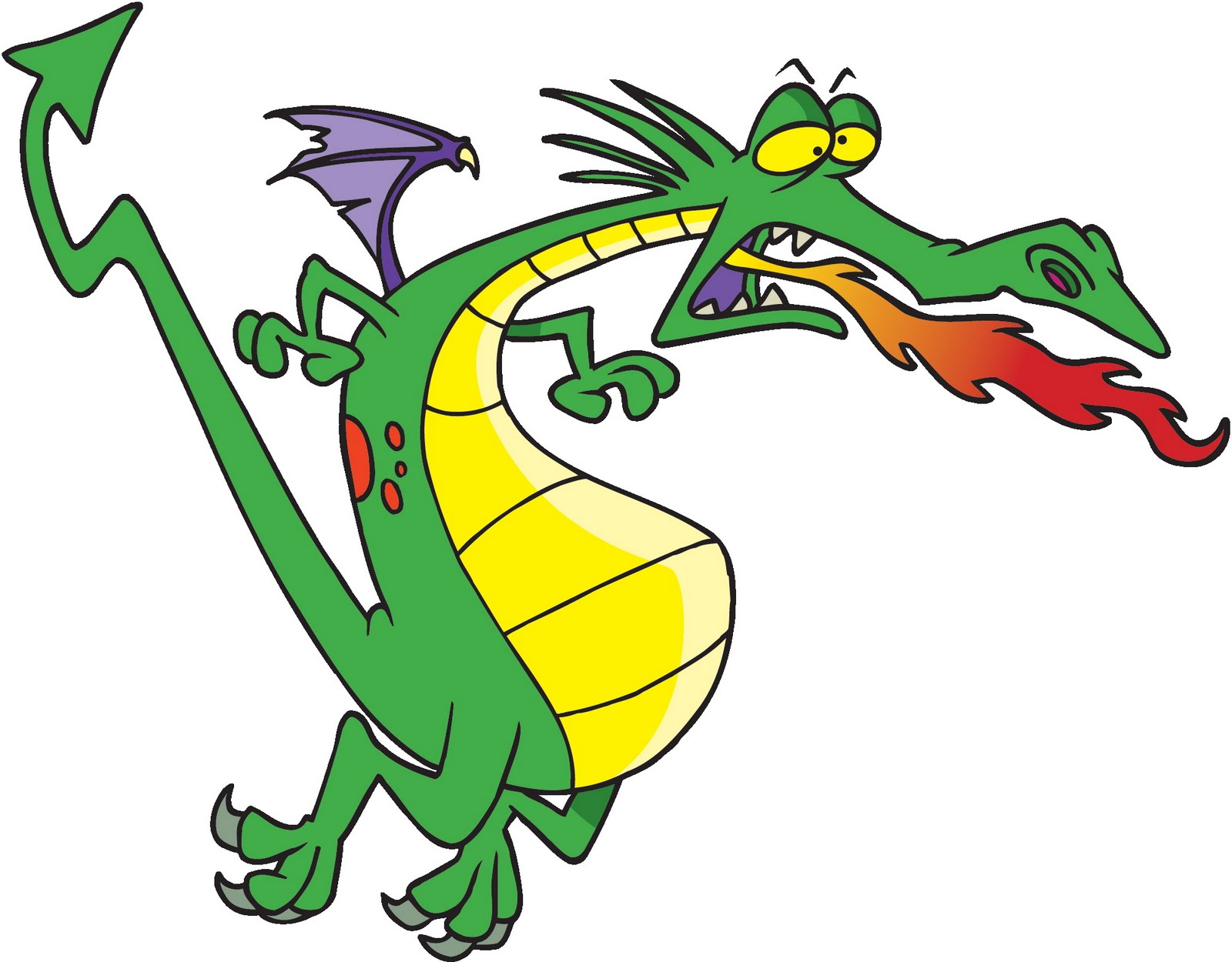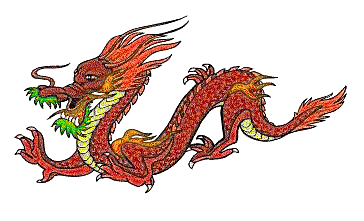Dragon Clip Art
Dragons exist as legendary creatures in mythology and folklore around the world. With reptilian traits, they evoke fear and wonder. Although descriptions vary, dragons are usually portrayed as serpentine and formidable beasts, often possessing magical powers and the ability to fly. Though typically viewed as threatening, some myths paint them as noble or protective figures. Dragons remain a popular art subject.
Common Physical Dragon Features
Despite subtle differences across cultures, most dragon legends share common physical traits. Long, slender serpentine bodies covered in thick scaly skin or armor-like plates remain their trademark. Powerful bat-like wings enable these hefty creatures to take flight and swoop down from the skies. Their abilities extend to breathing fire or poison instead of air. And protruding teeth inside expansive mouths full of points certainly facilitate capturing prey or attacking rivals with a vicious bite.
Dragon Habitats and Lairs
The habitats that dragons occupy also showcase commonalities throughout folk tales, fairy tales, and epics. As reptiles, they favor caves, holes, or tunnels serving as protected dens to retreat from harsh elements and potential adversaries. Some may discover forgotten ruins or castle dungeons to quietly inhabit. There, a menacing dragon can stash gold treasures amassed from plundering medieval villages once terrorizing their communities openly.
Dragon Diet and Eating Habits
A staple of dragon legends, no matter the culture, fixates on their reputation as man-eaters who periodically feast on people or siphon young maidens. Yet as wild beasts, mundane livestock like cattle or sheep probably supply their sustenance more realistically. A dragon’s imposing teeth and claws definitely facilitate hunting prey. Their innate ability to spew fire theoretically allows them to cook meals on the spot! Ultimately, living solitary lives discourages finicky appetites.
Dragon Life Cycle and Reproduction
Accounts on how dragons mate and reproduce remain scarce, with eggs the prime evidence these creatures come from intimate origins like other animals. Given the maternal nature of some female dragon stories, certain tales feature them vigilantly watching over eggs in secluded nests until hatching. Emerging whelps grow quickly under their mother’s guard before presumably going solitary. With magical qualities and partial immortality gracing dragons, they may reach wizened maturity after centuries developing.
Prominent Dragon Types and Species
While “dragon” conveys a generalized idea, niche legends feature exotic species like the hydras of Ancient Greece, the coiling Asian lung dragon controlling rains and waterways, feathered Quetzalcoatl in Aztec culture, the Imoogi precursors from Korean myths, the regal Y Ddraig Goch dragon on Wales’ flag, and more. Countless tales describe smaller derivatives like wyverns or drakes that possess near-dragon properties in specific provinces. Taxonomies depended on regional lore.
Dragon Symbolism and Meaning
Beyond inspiring terror in myth cycles from European fairy tales to the Bible, dragons also symbolically embody primal forces central to the human psyche. Their ability to spew fire connects to destruction but also purification in the Phoenix tradition. Control of air and seasons suggests the power over life and fertility. Serpentine flexibility gives dragons influence over waterways, rains, and moon cycles too. Hindus and Buddhists assign cosmic duties to dragon-like protectors. Even the fallen Satan borrows dragon aesthetics.
Dragon Clip Art Illustrations
Given such rich symbolic nature tied deeply to human fears and imagination through epic stories, dragon motifs naturally translate well to clip art in modern times. Striking graphics simplify their features to basic shapes and profiles for dramatic impact as a focal point. Certain cute, cartoon varieties soften dragons for youthful audiences. Silhouettes also emphasize their curved, slithering outline against backgrounds. Overall, dragon clip art captures our collective memory of dragons as both destroyers and guardians across human cultures.
Dragon Silhouette Clip Art
For clip art, dragon silhouettes prove especially dramatic and eye-catching. Solid black shadow outlines emphasize sweeping wingspan, vicious stance for battle with claws extended, and exaggerated spikes down their spine and neck. Showcasing dragons in profile view streamlines recognition as their quintessential serpentine curvature cuts a flowing yet fierce shape. Typically shown solo without any background detail, dragon silhouettes even invoke common tribal tattoo aesthetic.
Baby Dragon Cartoon Clip Art
On the friendlier side, baby dragon clip art makes use of playful, cute illustrations to disarm their normally menacing image. Chubby bodies with tiny wings, oversized heads, and harmless round smiling faces characterization baby dragons as more innocent, almost akin to human infants. Their scales become softer. Color choices lean brighter and cheerful too. Used for young children’s programs, stories, supplies, infant products, baby-related graphics offset frightening stereotypes about dragons with the wonders of youth.
In this page clipartix present 74 dragon clipart images free for designing activities. Lets download Dragon Clip Art that you want to use for works or personal uses.








